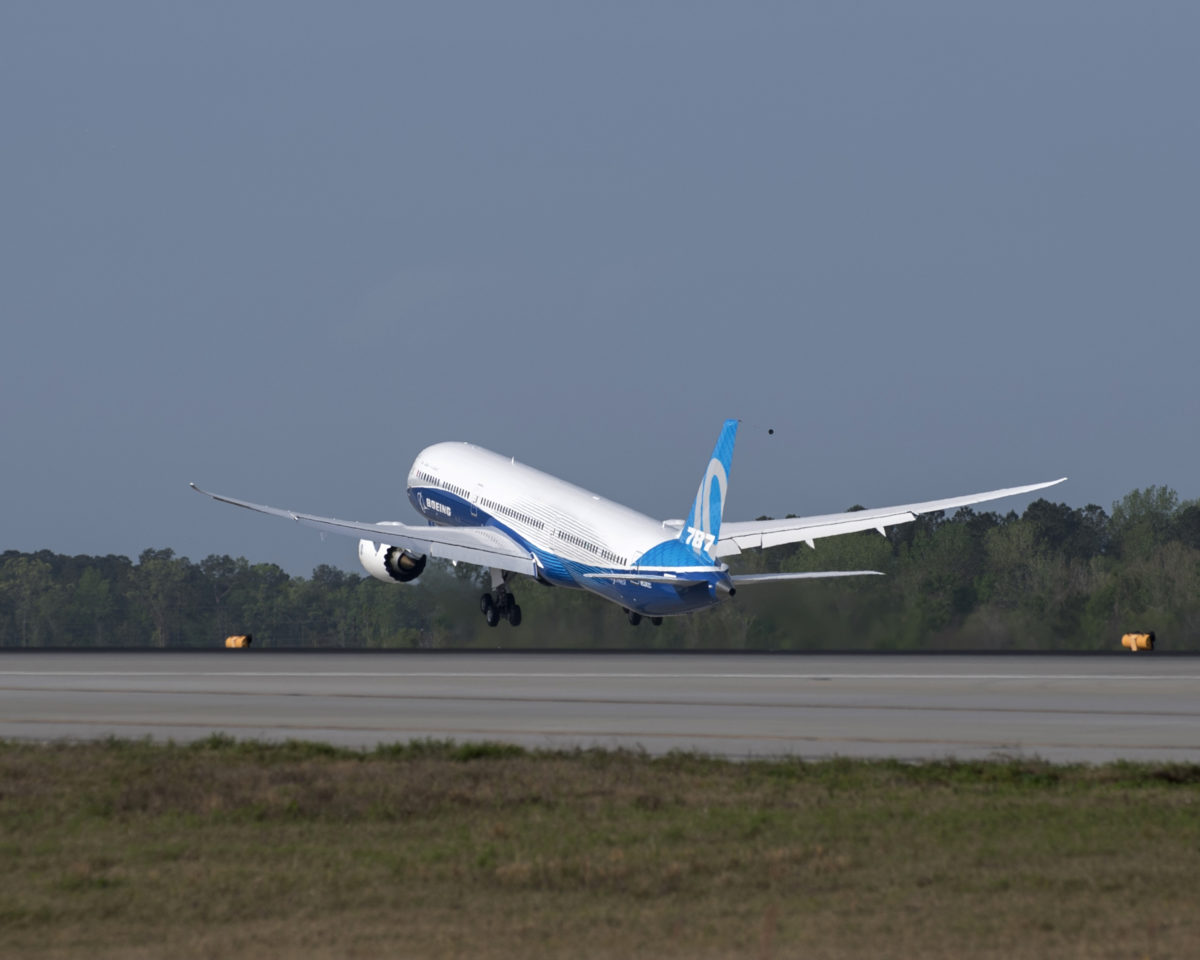The Federal Aviation Administration (FAA) has issued two air worthiness directives for the Boeing 787 Dreamliner that address aileron and elevator control issues potentially caused by lightning strikes.
Coupled with the loss of two hydraulic systems, a fluid leak from aileron and elevator power control units “could result in the inability to maintain aileron or elevator actuator stiffness”.
This would result in floppy flight controls oscillating in flight, causing damage and degraded control.
If you’re interested in seeing an aileron power control unit in action, watch the short video below:
Effective from June 3, the directive orders airlines to follow Boeing’s recommendations that were presented to airlines operating the type in 2018.
A design fix was implemented in 2017, however aircraft still have to be assessed and those that didn’t come with the fix must have the appropriate remedial actions undertaken.
The FAA lists 82 aircraft registered in the United States are affected by this directive.

It was only a few days earlier that another airworthiness directive was sent out by the FAA that notes certain areas in the tire/wheel threat zones could be susceptible to damage, which could lose to the loss of braking on one main landing gear truck, loss of nose wheel steering and lose of directional control on the ground at speeds too low for rudder authority.
Reading the directive, the FAA requires new parts be installed to the aircraft, being hydraulic tubing, a pressure-operated check valve and new flight control software.

Airworthiness directives are a perfect example of the constant push for aircraft safety. Although we’ve had a rough few months with fatal crashes, a lot of information is gathered from these events that proves to be useful in the engineering and management departments of manufacturers and airlines.
Even general operations introduce a whole new set of data to the likes of Airbus and Boeing – some of which cannot be gathered during flight testing. In no way do these directives state an aircraft is unsafe.
If you’re interested in reading these two airworthiness directives, click the following links below:


